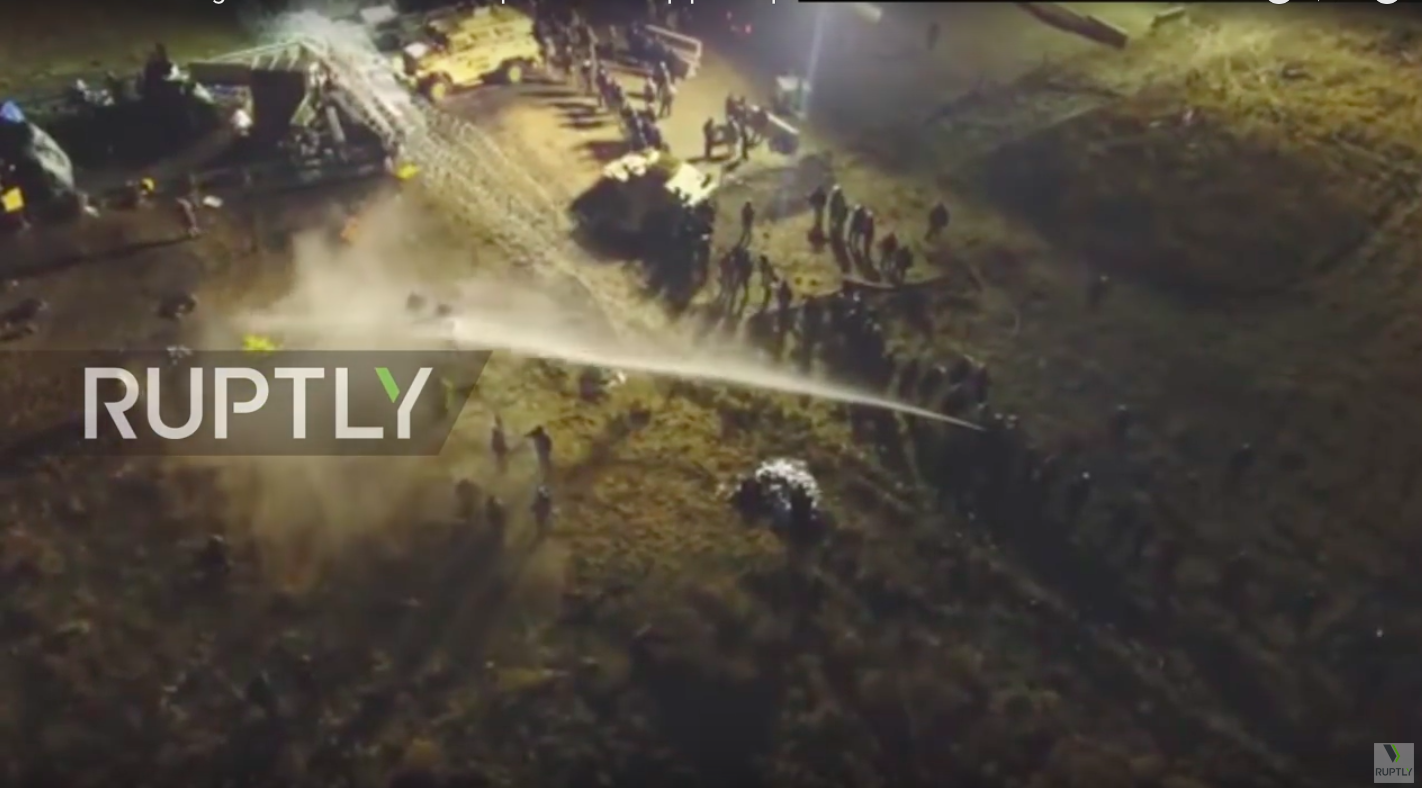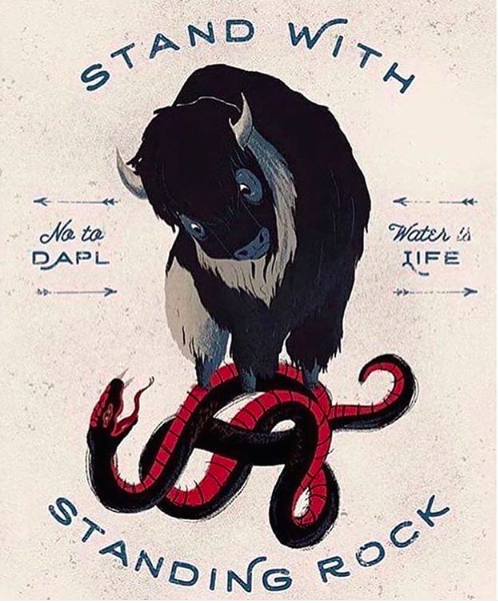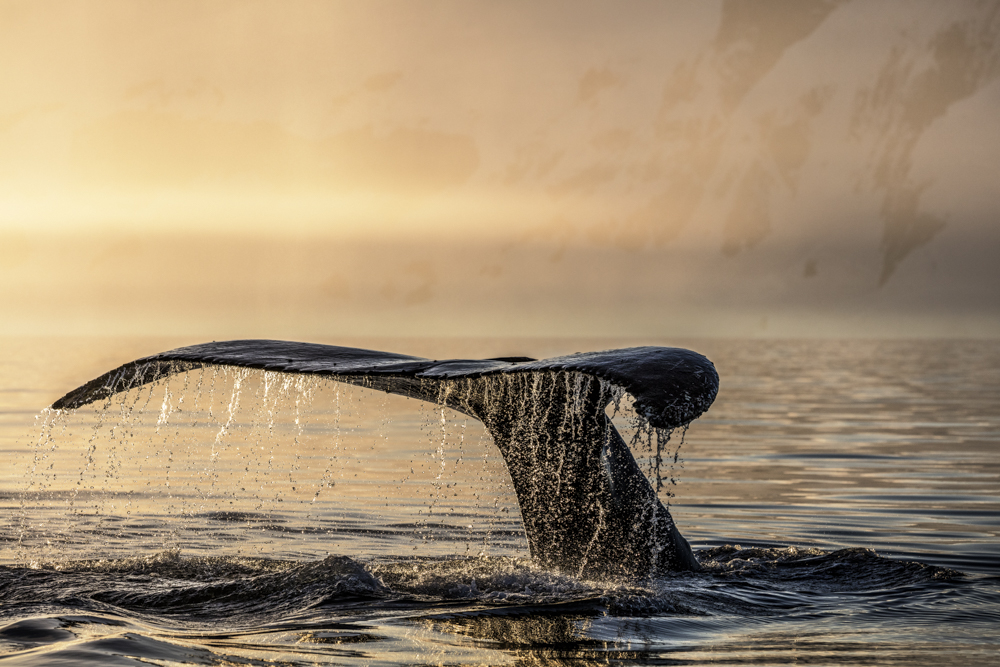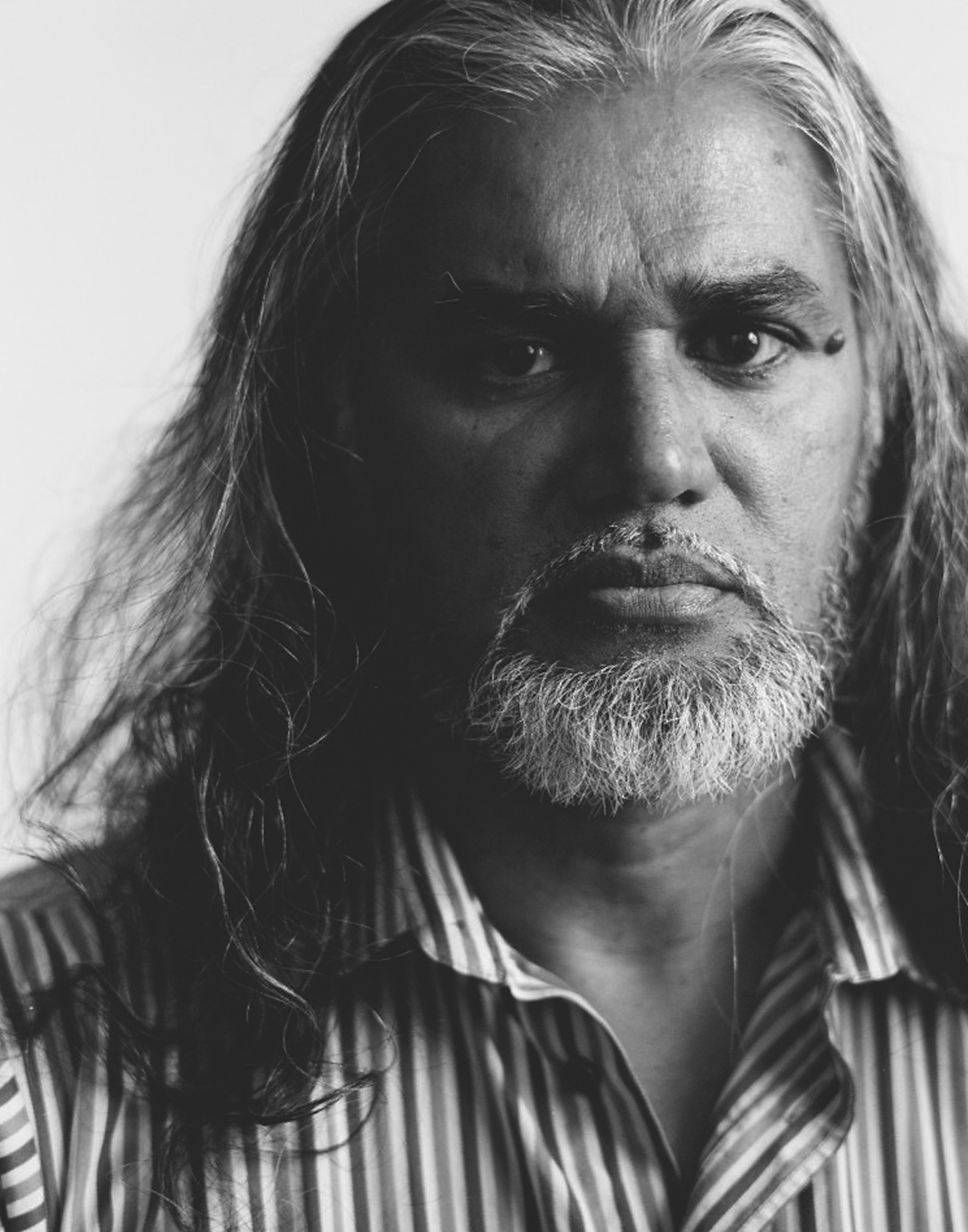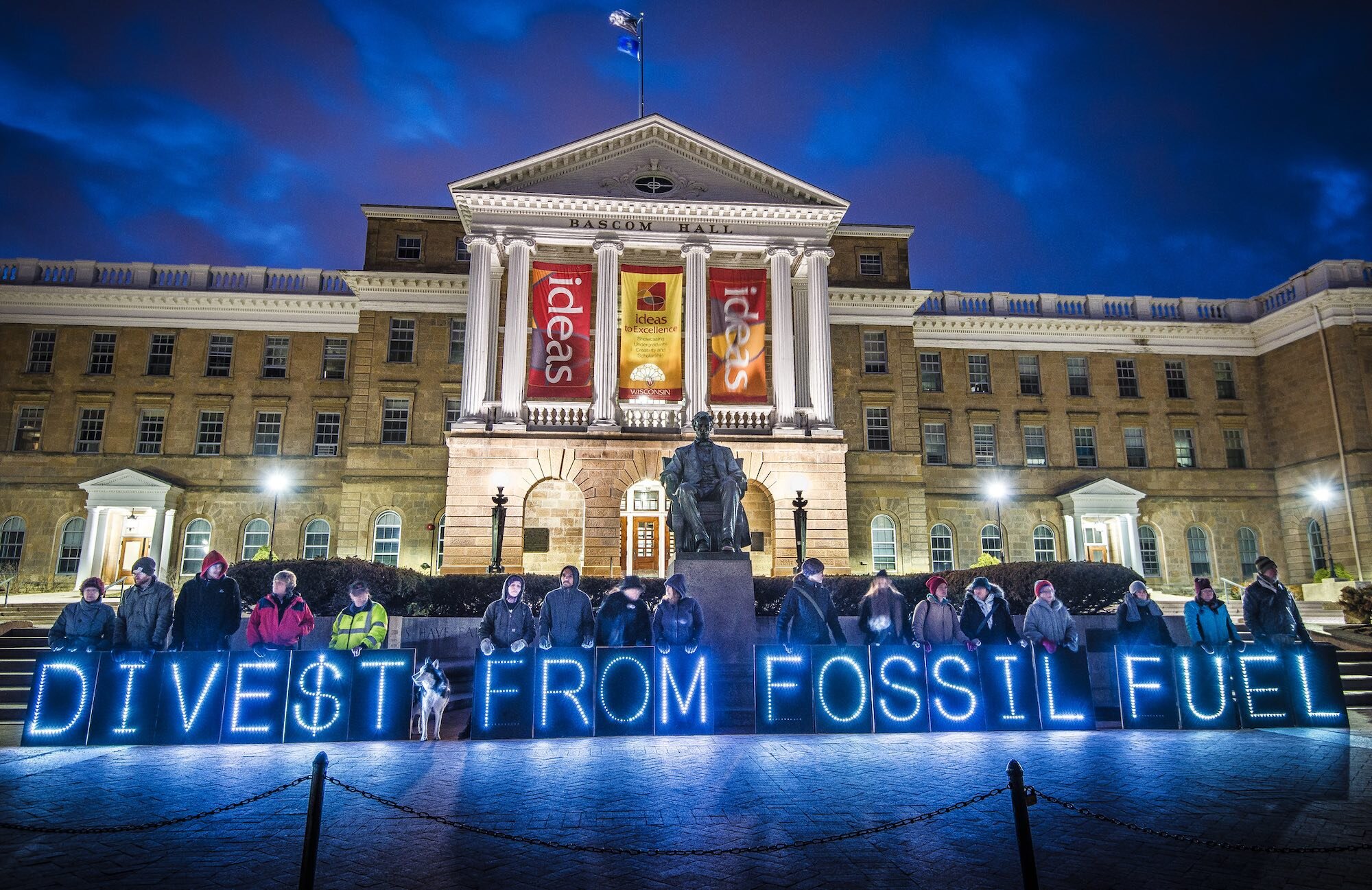Fighting the Black Snake: Faces of Standing Rock
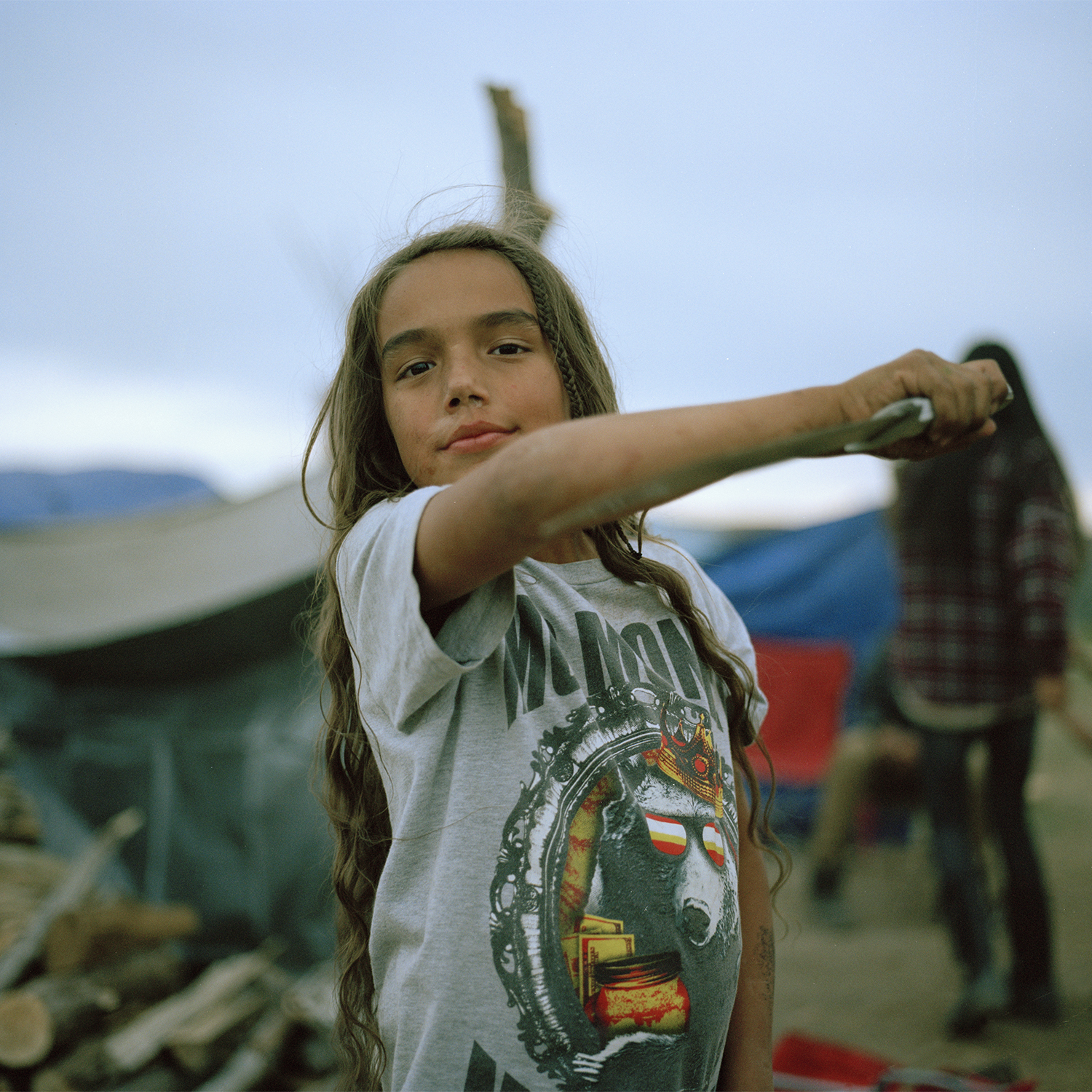
Among the flurry of memos issuing from the new president's desk this week was a pair of orders reviving two highly controversial oil pipelines – the DAPL in the Dakotas and the infamous Keystone XL, both of which had been halted by the outgoing Obama administration. The Dakota Access Pipeline has been the subject of massive protest by the indigenous Standing Rock Sioux, who, along with their supporters, have been campaigning against its construction on the grounds it poses a hazard to drinking water as well as destroying sacred lands.
“I am, to a large extent, an environmentalist, I believe in it,” Mr. Trump said during a meeting with auto industry executives. “But it’s out of control, and we’re going to make it a very short process. And we’re going to either give you your permits, or we’re not going to give you your permits. But you’re going to know very quickly. And generally speaking, we’re going to be giving you your permits.” – New York Times
Photographer Mico Toledo spent time last year with the Sioux people protesting the construction of the pipeline – the "black snake" – and sent us these pictures, some of which have not yet been published. Following December's brief moment of triumph, this new year brings a fresh and fearsome challenge for the water protecters of North Dakota.
"I was curious to know who this people were," says Mico. "I wasn't aware at the time that a movement was forming, that a regained sense of purpose was arising and that I would witness strong people fighting a billion-dollar oil corporation with their bare hands and prayers and chantings."
"While a momentary victory was awarded last year during Obama's administration, Trump is already pushing legislation to go forward with the project and other pipelines across the country. It's sad not only because of a clear lack of interest in protecting the environment and the Missouri river basin, but also a complete disregard for Indigenous rights and treaties forged hundreds of years ago. It's famous among the Natives that their history is one of broken treaties by the American government."
"It's important for me to show that people with guts, purpose and ideology are still out there to protect our world. The Dakotas usually say they don't own this land, they're merely taking care of it for future generations. And this is beautiful to see and very important for me to share."
"I'm going back next week. Temperatures are very low in North Dakota and protestors will be clearly affected by Trump's presence in the White House… I want to find more stories to tell and discover more amazing people giving up their jobs to oppose the Black Snake, that's how they call the pipeline. Whether they win or not, I think we're seeing the beginning of a movement that will re-shape how people oppose the government, not only within Native American issues but also activism and grassroots movements in general."
"There is a gigantic significance in this moment in that place, and I'm honoured to photograph those brave people, natives or not, changing history."
All photography by Mico Toledo www.instagram.com/micotoledo
ACTIONS
Now until Feb 20 is the public’s chance to push for a full review of the pipeline’s climate impacts. Here’s what to do (via Yes! Magazine)
Stay up to date and donate money or medical supplies to the campaign here
Writer, editor and consultant based in London /New York









